Regulatory Support and Funding
Regulatory frameworks and funding initiatives are crucial drivers for the virtual reality-therapy market in Europe. Governments and health organizations are increasingly recognizing the potential of VR in therapeutic applications, leading to supportive policies and funding opportunities. For instance, the European Commission has allocated substantial resources to research and development in digital health technologies, including VR therapy. This financial backing not only fosters innovation but also encourages healthcare providers to adopt VR solutions. As a result, the virtual reality-therapy market is expected to benefit from enhanced investment and regulatory support, facilitating its growth in the coming years.
Technological Advancements in VR
The rapid evolution of technology plays a pivotal role in the virtual reality-therapy market. Innovations in hardware and software, such as improved graphics, motion tracking, and user interfaces, enhance the therapeutic experience. In Europe, the integration of artificial intelligence with VR applications is becoming increasingly prevalent, allowing for personalized therapy sessions. This technological progress is expected to drive market growth, with projections indicating a compound annual growth rate (CAGR) of approximately 30% over the next five years. As VR becomes more accessible and affordable, its adoption in therapeutic settings is likely to increase, thereby expanding the virtual reality-therapy market.
Growing Awareness of Mental Health
There is a notable increase in awareness regarding mental health issues across Europe, which significantly impacts the virtual reality-therapy market. As societal stigma diminishes, more individuals are seeking innovative treatment options for conditions such as anxiety, PTSD, and depression. The European Union has reported that mental health disorders affect nearly 1 in 4 individuals, highlighting the urgent need for effective therapeutic solutions. Virtual reality therapy offers a unique approach, providing immersive experiences that can facilitate exposure therapy and cognitive behavioral therapy. This growing recognition of mental health challenges is likely to propel the demand for VR-based therapeutic interventions.
Integration with Traditional Therapies
The integration of virtual reality therapy with traditional therapeutic practices is emerging as a significant trend in Europe. Healthcare professionals are increasingly incorporating VR into established treatment protocols, enhancing the overall effectiveness of therapy. This hybrid approach allows for a more comprehensive treatment plan, addressing both the psychological and physiological aspects of mental health. Studies indicate that combining VR with cognitive behavioral therapy can improve patient outcomes by up to 40%. As practitioners recognize the benefits of this integration, the virtual reality-therapy market is likely to experience substantial growth, driven by the demand for innovative and effective treatment modalities.
Rising Demand for Remote Therapy Solutions
The demand for remote therapy solutions is on the rise in Europe, particularly in the context of mental health care. Virtual reality therapy offers a unique advantage by enabling patients to engage in therapeutic sessions from the comfort of their homes. This is particularly beneficial for individuals with mobility issues or those living in remote areas with limited access to mental health services. The virtual reality-therapy market is poised to capitalize on this trend, as more practitioners adopt VR solutions to provide remote therapy options. Market analysis suggests that the shift towards telehealth and remote therapy could increase the adoption of VR therapy by approximately 25% in the next few years.



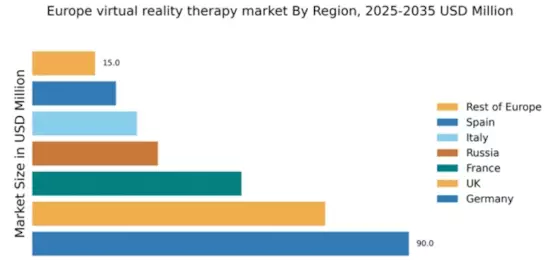
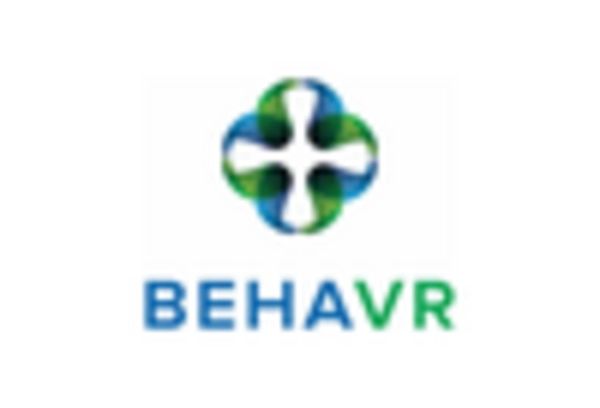
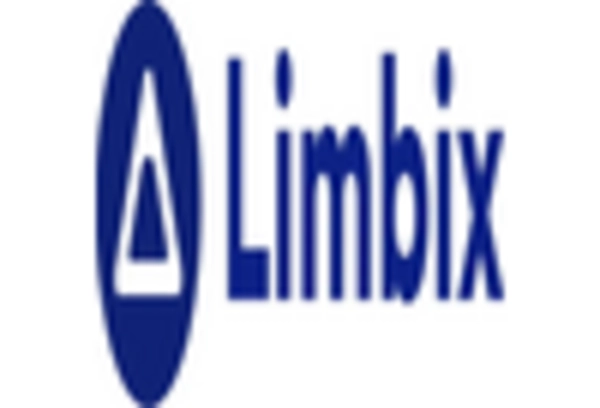
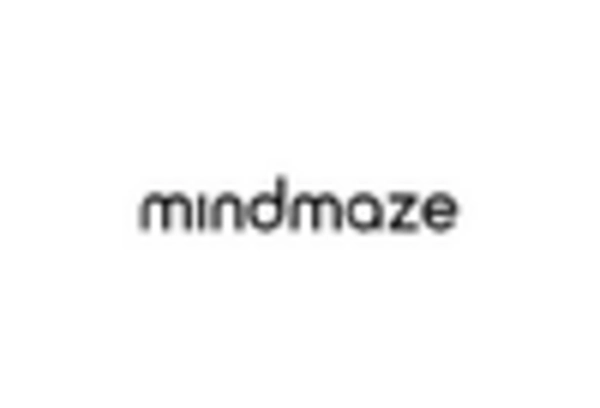

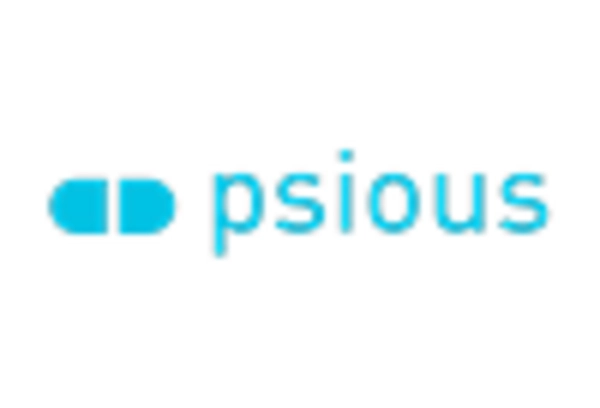









Leave a Comment